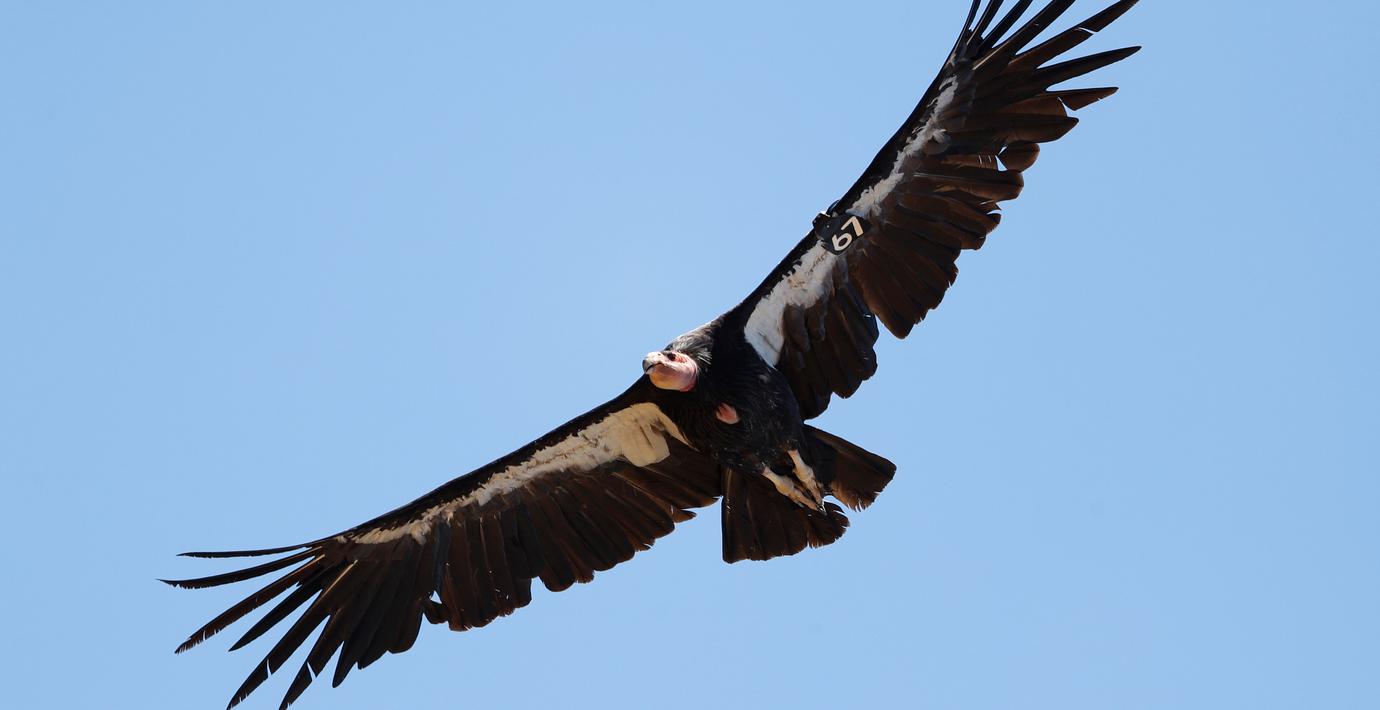
Kondorhonor fick ungar utan manlig befruktning
Den utrotningshotade kondoren kan föröka sig utan att para sig. Det visar en studie gjord på San Diego Zoo, enligt flera medier.
Under en rutinanalys upptäckte forskarna att två ungar hade kläckts ur obefruktade ägg, skriver Reuters. Studieförfattaren Cynthia Steiner säger att den asexuella fortplantningen, som kallas partenogenes, är en sällsynt upptäckt eftersom fenomenet är ovanligt hos fåglar.
– Äggen har inte befruktats av hannar, så endast honornas arvsmassa bidrar till de här individernas genuppsättning, säger hon i ett klipp på SVT Nyheters sajt.
Partenogenes (asexuell fortplantning
Wikipedia (en)
Parthenogenesis (; from the Greek παρθένος, parthénos, 'virgin' + γένεσις, génesis, 'creation') is a natural form of asexual reproduction in which growth and development of embryos occur without fertilization by sperm. In animals, parthenogenesis means development of an embryo from an unfertilized egg cell. In plants parthenogenesis is a component process of apomixis.
Parthenogenesis occurs naturally in some plants, some invertebrate animal species (including nematodes, some tardigrades, water fleas, some scorpions, aphids, some mites, some bees, some Phasmatodea and parasitic wasps) and a few vertebrates (such as some fish, amphibians, reptiles and very rarely birds). This type of reproduction has been induced artificially in a few species including fish and amphibians.Normal egg cells form in the process of meiosis and are haploid, with half as many chromosomes as their mother's body cells. Haploid individuals, however, are usually non-viable, and parthenogenetic offspring usually have the diploid chromosome number. Depending on the mechanism involved in restoring the diploid number of chromosomes, parthenogenetic offspring may have anywhere between all and half of the mother's alleles. The offspring having all of the mother's genetic material are called full clones and those having only half are called half clones. Full clones are usually formed without meiosis. If meiosis occurs, the offspring will get only a fraction of the mother's alleles since crossing over of DNA takes place during meiosis, creating variation.
Parthenogenetic offspring in species that use either the XY or the X0 sex-determination system have two X chromosomes and are female. In species that use the ZW sex-determination system, they have either two Z chromosomes (male) or two W chromosomes (mostly non-viable but rarely a female), or they could have one Z and one W chromosome (female).
Parthogenesis does not apply to isogamous or monogamous species.
bakgrund
Kondor
Wikipedia (en)
Condor is the common name for two species of New World vultures, each in a monotypic genus. The name derives from the Quechua kuntur. They are the largest flying land birds in the Western Hemisphere.
They are:
The Andean condor (Vultur gryphus), which inhabits the Andean mountains.
The California condor (Gymnogyps californianus), currently restricted to the western coastal mountains of the United States and Mexico and the northern desert mountains of Arizona in the United States.
Omni är politiskt obundna och oberoende. Vi strävar efter att ge fler perspektiv på nyheterna. Har du frågor eller synpunkter kring vår rapportering? Kontakta redaktionen